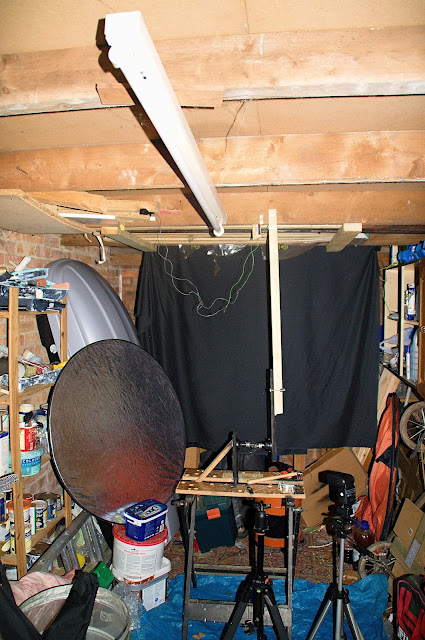I have probably taken more photos, of more subjects, in more different genre's this summer than ever before (as evidenced by my straining hard drive). It could be said that for the first time I have tried to take my photography seriously.
I hoped that by now I would have a clear direction as to what I want to achieve as a photographer.
However despite all this activity I am still pondering the question of where I want to go.
I realised sometime ago that a scatter gun approach will only get me so far, but at some point I would need to concentrate on a fewer number of genre's. I hoped by now I would know which ones.
My first choice would be to concentrate on landscape photography.
However this summer has shown the challenges in that (at least in the short term).
Partly the issue is down to my equipment. Quality landscape shots require high quality lenses and cameras with high mega pixel counts. The truth is my camera is always going to struggle to get the quality needed.
The 2nd issue is that every man and his dog has a go at landscape photography. The result is there is a lot of landscape photos out there, many of them very high quality. Don't get me wrong, extra competition should never stop you trying to be the best, but it does make it more difficult to stand out from the crowd. After all as photographers we all want to be noticed. In a crowded market place this is all the more difficult
However neither of those problems are insurmountable. The first just requires money (Hah!) and the second talent and application (Double hah!).
The most difficult obstacle however, is time. I am sure there are some photographers who can role up to an area, get a stunning shot, and move off, but most great photos take time and patience. It is only because we only see the end result without the seeing bloodshed and tears that went before it that we think it is easy. Great photos take time to scout the view, setup the camera and wait for the right conditions. Even the best photographers cannot control the elements and the seasons.
To increase the chances of getting a great photo, you need the time to experiment and the opportunity to fail and learn. You also need the time to be patient.
Yes, with a bit of luck you can that great photo with one visit, but it you are more likely to succeed if it is a landscape you know well and you have the time to visit often, so that the changing seasons and weather can bring new elements to your photo. Also it is likely that once you have reviewed your photo you want to return and try again. As a photographer you should always be looking to improve that image. The opportunity to continually revisit and refine an image is an important part of getting that great photo
However if, like me, you have to balance work and family with your photography, you will always be at a disadvantage. Landscape photography is probably the most time consuming genre, requiring extensive travel, and always being at the whim of weather and conditions . To do this well I would need to reduce my time spent on either my family or my the work that pays for my hobby.
This is not going to happen, at least in the foreseeable future.
My photography will always be squeezed between work and family commitments, meaning my images will be more dependent on luck that patience.
The same goes for the other area which I would like to improve, bird and wildlife photography. Yes, you can get good bird photos with average equipment and in your back garden, but without the right equipment, patience, location and opportunity, you will always suffer in comparison with others.
So what to do?
I think the answer is I need to cut my cloth to my situation and talents. I need to concentrate in areas I have the best opportunity, but also areas that I can bring something unique to the genre
I recently realized what genre this might be.
One of most fun projects is playing with my
DIY IR camera. I think I have enjoyed the challenge of getting the camera to work as much as the photography. Other projects I have taken on such as my
glass smashing work I have had similar enjoyment from.
These have common elements. Firstly the work can be largely at home. Secondly it requires problem solving. Now in my day job is as a computer programmer (posh title - Software Engineer), problem solving is what I do, and I'm quite good at it (if I do say so myself). Also it means I am not scared of getting my hands dirty with computer hardware and software.
Without being too smug, it is an area where I have skill outside the scope of many photographers. It is also work I can largely can do at home.So I feel this is an area I can concentrate on and make an impact.
Of course I still want to improve my photography in other areas, but special projects (as I like to call it) is an area which I feel I can excel at.





